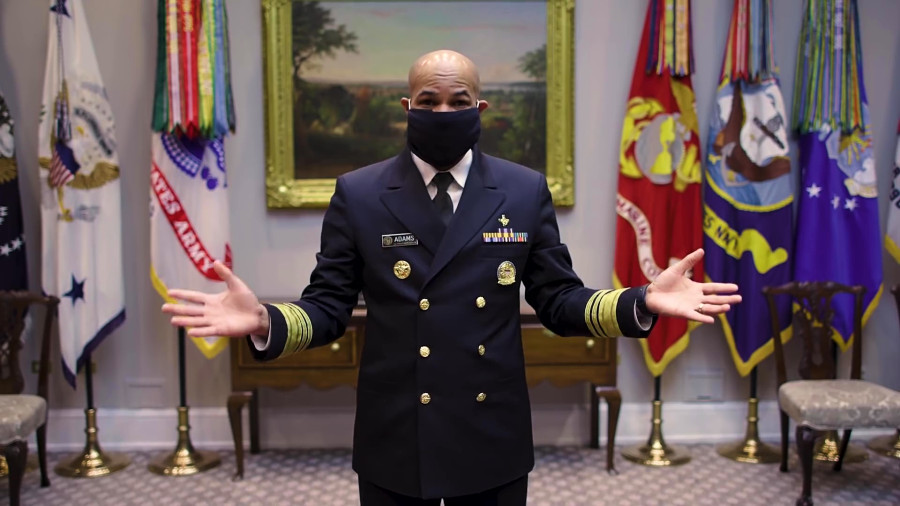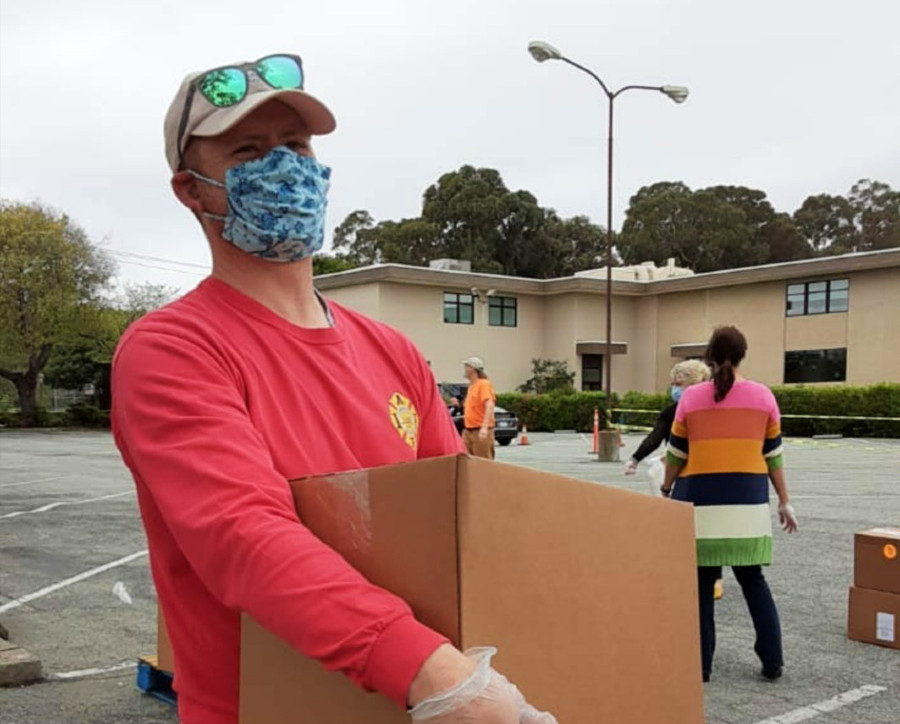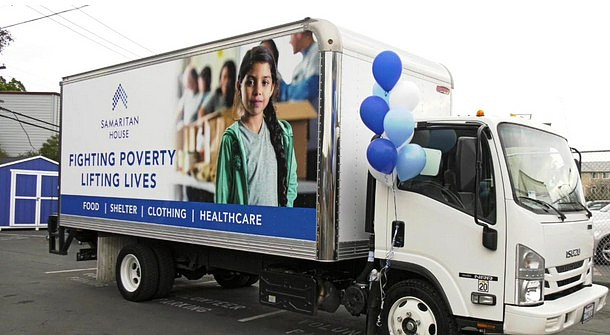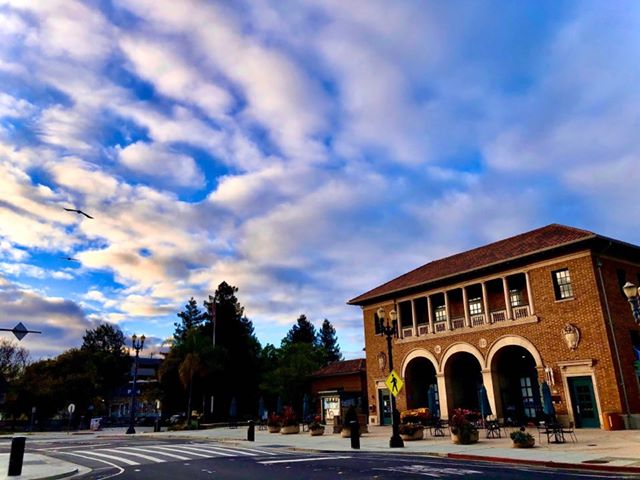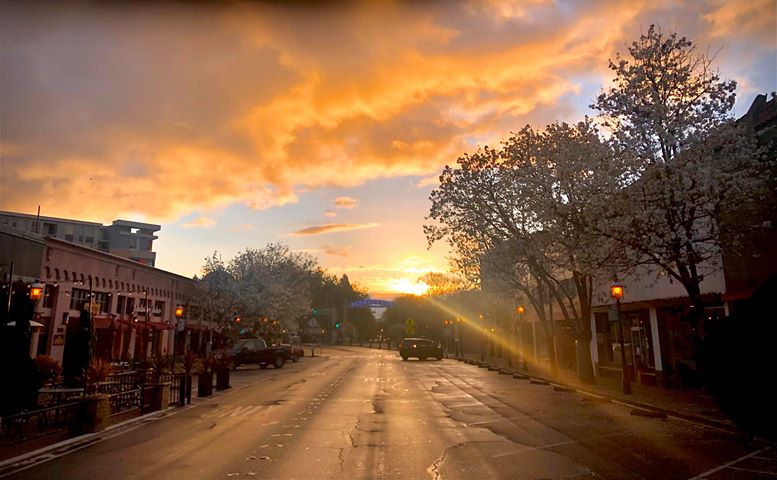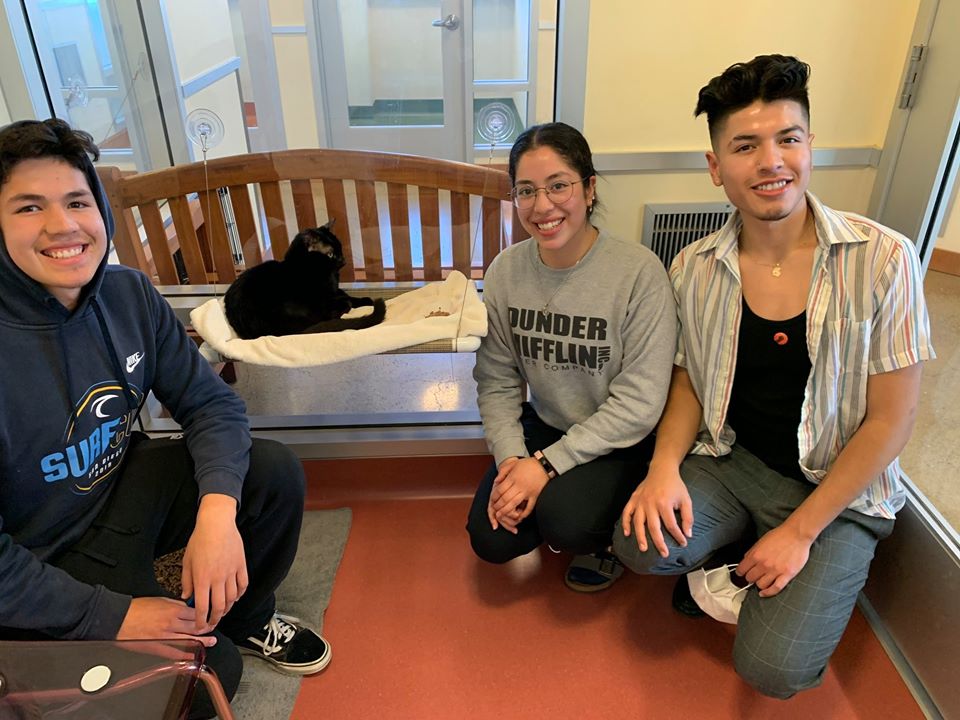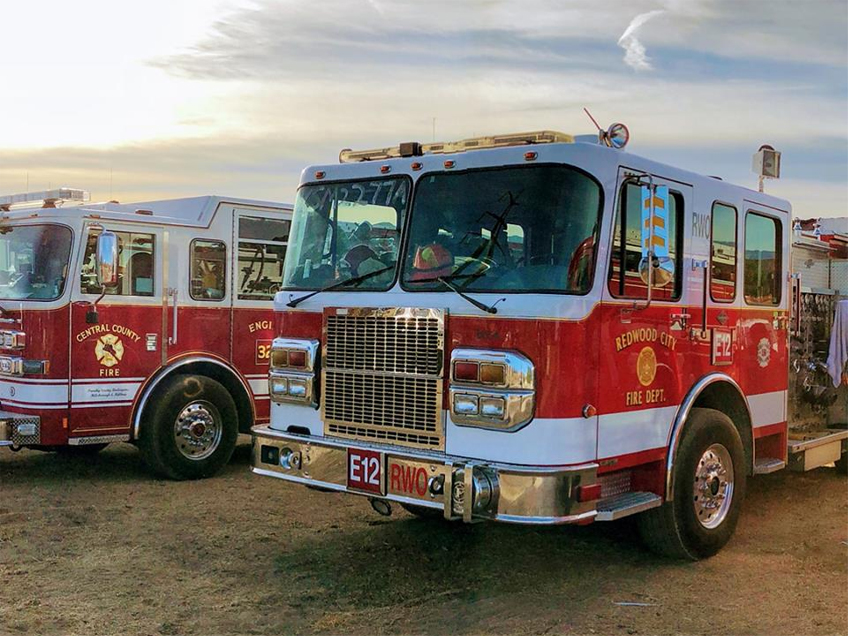Burlingame rest stop may have food truck during COVID-19 emergency
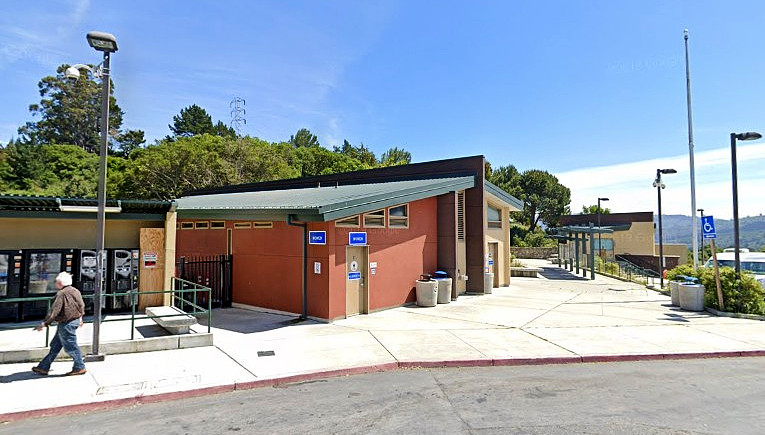
Caltrans will allow the temporary operation of food trucks during the COVID-19 emergency period in order to increase the number of convenient food options available to truck drivers.
Food truck operators can apply for a temporary permit to operate at one or more of the state’s 86 rest areas through June 15. In San Mateo County, the Crystal Springs Safety Roadside Rest Area in Burlingame, located one mile north of Bunker Hill Drive, is the lone rest stop available for food truck operation.
Food trucks are responsible for cleaning up and removing all waste, following food safety rules and maintaining social distancing among employees and customers, according to Caltrans.
Each food truck is responsible for all waste cleanup and removal, following all food-safety rules, and maintaining social distancing among employees and customers.
“Helping our truckers and facilitating the movement of essential goods during the COVID-19 crisis is a priority,” said Toks Omishakin, Caltrans director. “We hope this gives truckers more food options to keep them and the economy moving. We also hope this provides additional business opportunities for food trucks hit hard by stay-at-home health orders.”
The rule change was approved by the Federal Highway Administration and made possible by an executive order signed Thursday by Gov. Gavin Newsom.
Food truck operators can submit requests for specific rest areas by clicking here.



